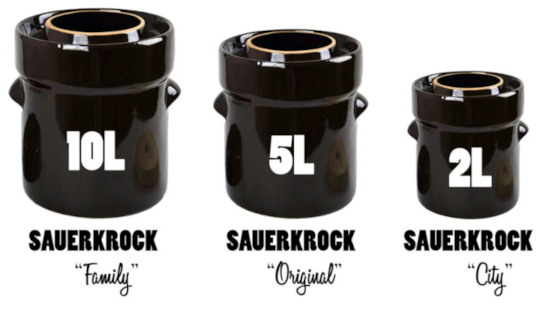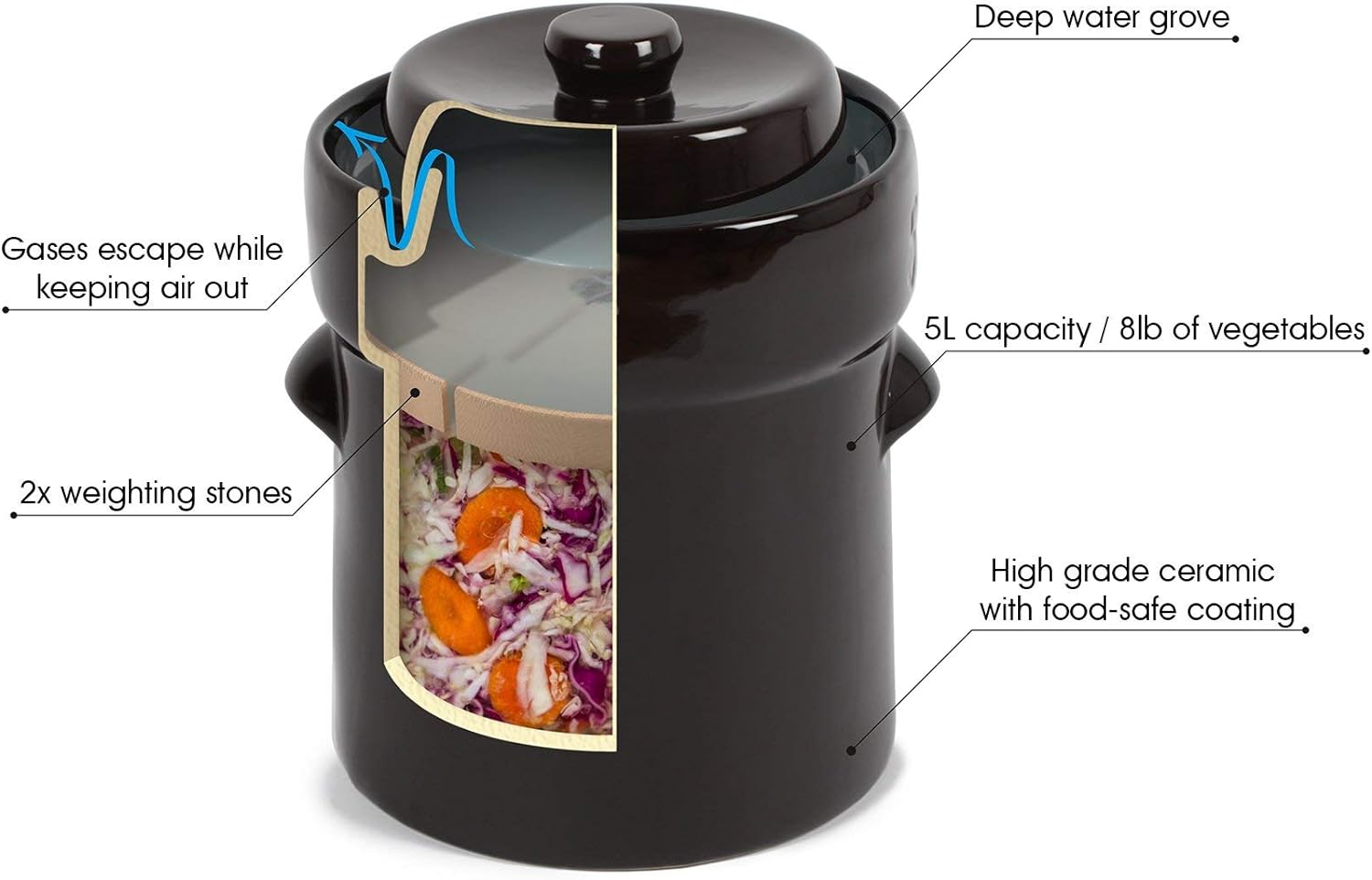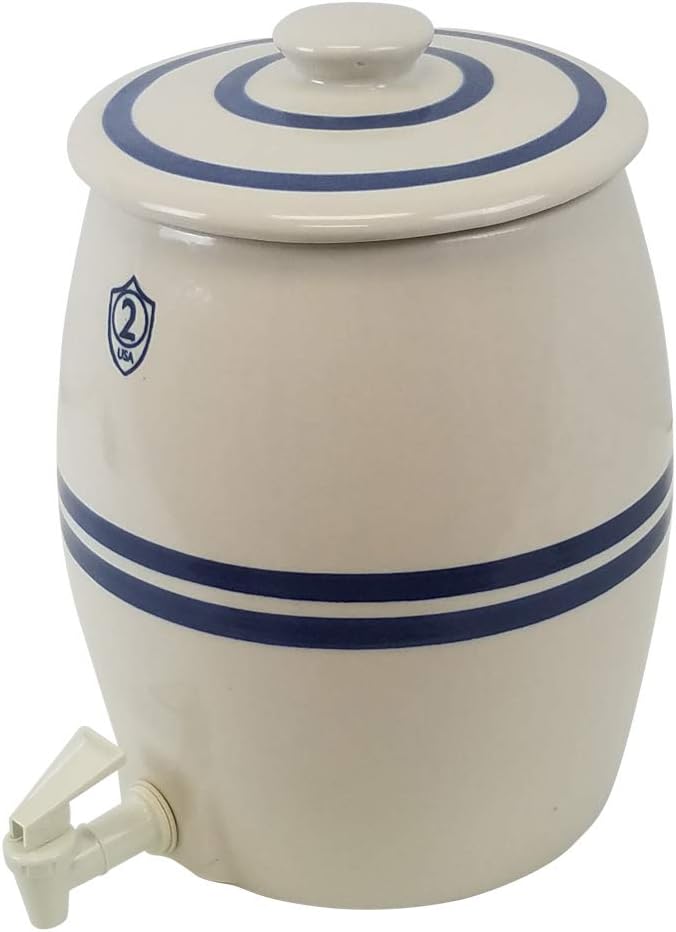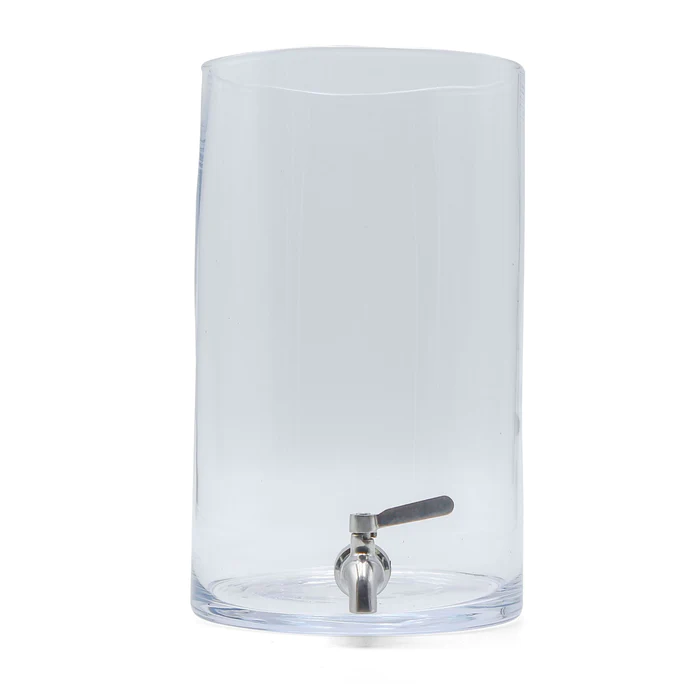Best Fermenting Crocks
Reviews and Recommendations (2024)
What makes a good crock, and why crocks in the first place?
Exactly what makes the best container will depend on your needs and context. Good old-fashioned jars are an accessible option for beginners, or for smaller projects.
Yet, there’s an advantage to using a crock, according to Christina Ward, author of Preservation: The Art and Science of Canning, Fermentation, and Dehydration and the Master Food Preserver for Wisconsin. “The composition of the crock keeps the ferment at a consistent temperature, which is needed for successful fermentation,” she says, adding that crocks have long been stored in basements or root cellars for their lack of light and consistent temperatures.
Crocks offer a whole load of benefits compared to Fermentation Jars. Natural ferments are sensitive to UV light, so a jar must be kept in a dark space, whereas a crock could very well be used as a decorative accent piece (though you still should keep it out of direct sunlight). Next, they’re substantially thicker and heavier than jars, offering more thermal stability over the most relevant time cycle – daily, through day and night. This cycle isn’t necessarily bad, but variation will lead to less consistency, so is worth minimizing.
Ohio Stoneware Crocks
When Only the Best Will Do
Just why are these the best fermenting crocks available today?
The creme de la creme, as far as crocks go. These’ll ferment like nothing else, they’re artisan-made, durable, and they look excellent
Just like cast iron, you can pass these crocks down to your family.
Ohio Stoneware does not use any lead or harmful chemicals in their glazes. This is not necessarily a given, especially with cheap crocks from overseas
Ohio crocks are produced in Zanesville, Ohio, USA
They make simple crocks from 1 pint all the way up to 10 gallons. The water-sealed variety, those only go up to 3 gallons.
Humble House Fermentation Crocks
"Something for Every Fermenter"
- The Humble House uses a thinner ceramic material than Ohio Stoneware does, and is lacking the fancy graphics, achieving a more pared-back, understated sort of a look.
- Finished with a lead and cadmium-free glaze that is safe for fermented foods.
- Some Humble House Crocks include a tap. This tap is made from 304 stainless steel and BPA-free silicone, which makes it extremely safe for use. Tighten the spigot before use to avoid any leaking.
- Humble House crocks are produced overseas, but carefully sourced and quality controlled. The company is based near Milwaukee, Wisconsin.
- They’r’e not quite the best fermenting crocks, but they sure are close!
Random, But Still Really Good, Crocks
"they're fine!"
- They’re fine. At your own risk sort of a situation, y’know?
- They seem fine! Who knows!
- These do seem to be some real diamond in the rough products tho – the best fermenting crocks in a sea of nonsense
Alternatives to Crocks: Jars, Buckets, and More!
"but what if I don't like crocks?"
- Don’t use a plastic bucket, ever. …but if you do, make sure it’s at least food-grade and has never been used for paint or gasoline or laundry detergent or whatever.
- Look, maybe you’re not convinced, I get it. Or, maybe crocks, in all their variations, just don’t meet your specific situation. Either way, I’ve got thoughts on that. See these entire pages below:
Fermentation FAQ
How do you use a fermentation crock?
Fill your crock with your future ferment (shredded cabbage, fresh veggies, and so on), add your brine until it’s completely submerged, top with a weight and a lid, and place it out of direct sunlight in a place with a consistent temperature. Crock placement should be away from any stored chemicals, solvents, and cat boxes!
How do you clean a fermentation crock? Do they need to be sterilized?
Depends! If you’re just refilling a container you were just fermenting, say, kombucha in, and it was a successful previous batch, then you really don’t need to clean at all. You might choose to rinse it, but that’s about it. If you’ve got a mold or contamination issue, however, you’ll want to go harder. A full scrub with hot, soapy water is in order. Then, rinse thoroughly, and finish by shaking some vinegar around — or sacrificing a small amount of kombucha — either drinking or discarding it, then rinsing it again. Between the rinsing and the vinegar, residual soap should be practically eliminated. This is very important, as the presence of any soap will disrupt your fermentation.
What should people look for when choosing the best fermentating crock?
Look for a solidly constructed crock without cracks or missing chunks along the top rim. The best crocks are about a half inch to an inch thick. Crocks under a half inch thick tend to break and can be way more costly in the long run.
Can you use a second-hand fermentation crock?
“Absolutely! As noted above, check for damage — cracks and chips — and consider any previous use that may have contaminated it beyond repair.
Should I get a water-sealed crock?
Depends! Your recipe will dictate whether oxygen is a friend or foe. Either way, you want to keep any solids properly suberged. Mold will grow on exposed foods quickly. Water-sealed crocks aren’t the only way to stop oxygen infiltration, though. You can use a bubble interlock, or just a well-sealed jar.













